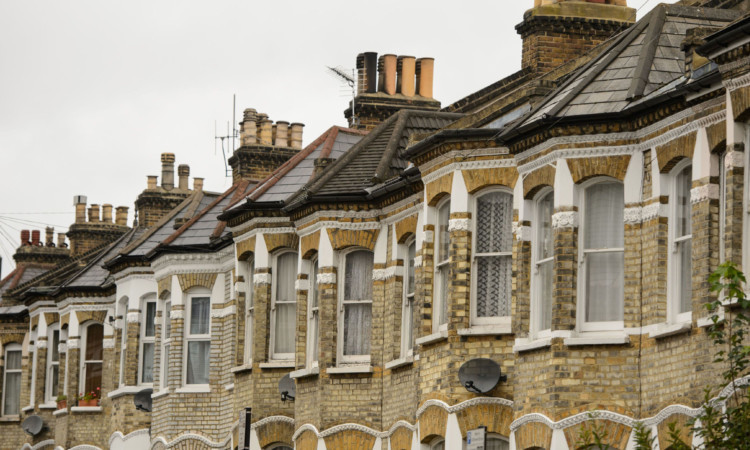UK house prices surged by 5.5% year-on-year in October to reach a new record high, official figures have shown.
A 1.4% month-on-month uplift took average values to £247,000, surpassing a previous series peak set just two months earlier by 0.2%, the Office for National Statistics (ONS) said.
Prices in Scotland are up 3.3% year-on-year.
London recorded a 12% annual increase in property prices, pushing the typical house value there to £437,000. Prices in London are nearly 17% higher than their pre-financial crisis levels, while those in the South East and the East of England are now sitting around 1% higher than their previous 2008 highs.
The ONS figures showed that prices rose in every UK region year-on-year as the housing market continued to pick up pace. As London continued to race ahead of the rest of the UK, Yorkshire and the Humber recorded the smallest annual increase, with a 0.8% annual uplift taking average prices there to £167,000.
A house in London is now typically worth almost three times one in the North East, which has the lowest average house prices at £148,000.
On a year-on-year basis, prices in England lifted by 5.7% to reach £257,000 on average, by 2% in Wales to £164,000 and by 3.3% in Scotland to £184,000.
Northern Ireland, which has previously endured year-on-year falls in house prices of around 10% as the economic downturn took hold, recorded a 4.8% annual increase in prices in October.
But despite prices in Northern Ireland having returned to an upward path in recent months, at £129,000 on average, prices there are still 50% below their 2007 peak.
England remains the only UK country where property prices are above their pre-crisis high and prices in both Scotland and Wales are still around 6% below their 2008 peak levels.
